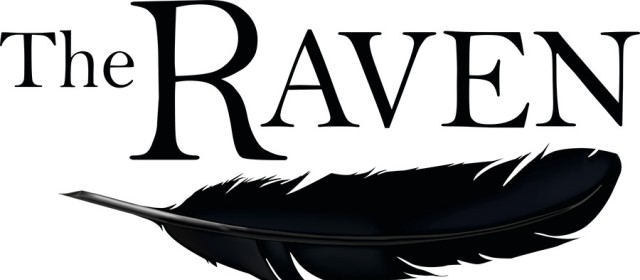As old as the genre is, and as tired and worn out as it may seem, a well-made point & click adventure is still hard to beat. Like revisiting your favourite childhood book, whose details have long faded over time, there is a beautiful familiarity when starting out on a quest that is both excitingly new and fondly nostalgic. KING Art’s latest take on the classic format, The Raven: Legacy of a Master Thief, excels in both respects by carefully taking heed of its predecessors, while adding a distinctive character of its own.
As with any point & click adventure, plot is paramount, and The Raven has no shortcomings in this regard. After a wonderful opening cinematic introduces the eponymous burglar amid a daring heist in a London Museum, the action moves to the Orient Express as it hurtles across 1960’s Europe. Bound for Venice, where a cruise ships awaits to take passengers to Cairo, the carriages are filled with interesting characters, all unique and intriguing in their own way.
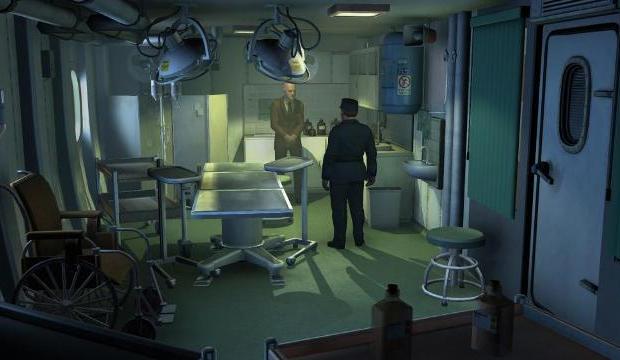
Players assume control of one particular voyager, Jakob Anton Zellner, a Swiss constable, advanced in years but still full of spirit and a yearning for adventure. Jakob is tasked with assisting Legrand, a famous French Inspector, in his transportation of the Eye of the Sphinx to an exhibition in Cairo. The stakes are high as this precious jewel is all that remains of a pair (the fate of the other depicted in the intro movie), and there are fears that the newly-returned Raven will strike again to complete the set. The latter half of the game takes place aboard the S.S. Lydia as it sets sail for the Cairo exhibition. Many of the train passengers are present as well as the addition of a few new faces, and after some startling discoveries, a murder and a stowaway, the game screeches to a halt with a cliffhanger ending.
Much of the plot is revealed through conversations with other passengers and there are plenty of additional details that really flesh out the narrative. A rich and intricate world is painted through the dialogue and the more you converse with NPC’s, the more you learn about their backstories and your own. Jakob is a wonderful character, well-formed and very likable, eager to prove his worth at his old age both to the younger Inspector Legrand and, more importantly, to himself. There is a subtle sadness to the man too, just beneath the surface, as he begins to realise that this is perhaps his last hurrah. The cast is relatively small in this first of three planned chapters, but allows much more attention to be paid to their development within in the story and the exploration of their motivations. The plot moves fast but at a steady pace and is punctuated by timely set-pieces that change the scenery and investigation greatly. Suspects and red-herrings interchange at a moments notice, and you’re kept guessing throughout. Minor mysteries such as missing items pop up often and offer small but encouraging successes as you struggle to make sense of the over-arching whodunit plot.
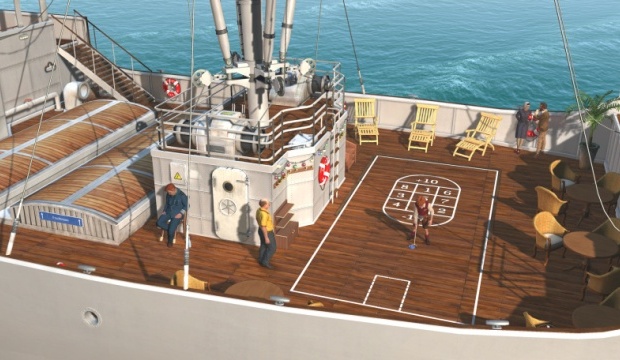
The gameplay is classic point & click, but expertly distilled to its purest, almost perfect, form. Simple left and right clicks carry out all interactions, while the UI is minimal and subtle. The lower screen contains items stored in the auto-hiding inventory bar that can be combined in a number of ways to solve puzzles, while the top right holds the menu options, journal and adventure points indicator. These points, earned by several in-game actions, can be used to unlock hints and tips in the journal or highlight objects that can be interacted with when surveying a scene. It’s a very handy mechanic that can save you spam-clicking every pixel on-screen as you try to search for clues. Although well implemented, it’s not needed very often as puzzles are quite logical and well thought out.
Other adventure games have been criticised in the past for ludicrous combinations of items that have no basis in reality, but no criticism is needed here. KING Art have consciously chose to make problem-solving practical and plausible, even down to the way certain inventory items are handled. Larger objects such as axes, that require both hands of the character, are set down when not needed and removed from the inventory, not stored in an invisible, bottomless backpack. It’s a nice little touch that is in keeping with the overall logical direction of the game. The search for clues is periodically broken up by unique mini-games that provide a welcome break from rummaging through locations, such as bending a bobby pin correctly to pick a lock, or a game of shuffleboard to win a useful quest item. But at no point does the game become monotonous or boring, nor does it become frustratingly hard. It carries itself thanks to a steady tempo in both story and gameplay.
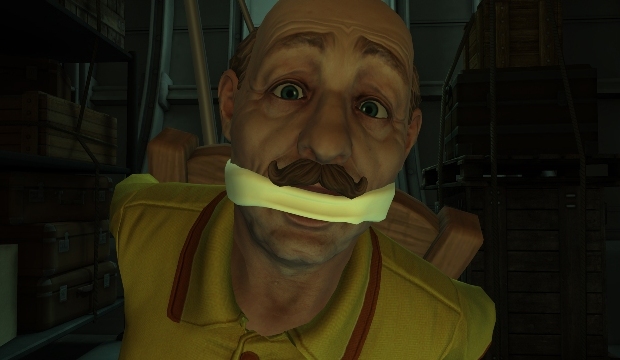
The graphical presentation could be described as stylised reality, with slightly exaggerated characteristics that don’t stray too far into cartoonish territory. The locations are vibrant and rich, excellently modelled, with characters that blend nicely with the lush backgrounds. From the Orient Express winding through the Swiss Alps, to the modest luxury of the S.S Lydia, every scene is beautifully rendered, helped by some excellent camera placement. The strength of the visuals adds much to the experience, and succeeds in immersing the player in this web of intrigue, complementing the characters and the narrative, and creating a wonderfully antiquated atmosphere. There are some minor faults with some character animations, certain scene transitions could be smoother and more realistic facial expressions would have been a nice addition too, but these small annoyances are hardly noticeable and won’t detract from your enjoyment in any large way.
The sound design is another strong point: the orchestral score is perfectly suited to the time period and setting and fades in and out at appropriate moments, echoing in-game actions. Discoveries, revelations and suspense are all beautifully emphasised by the score, ranging from deceptive brass tones to subtle woodwind exclamations. The voice acting is simply superb and greatly enhances the individuality of the characters. There is a notable, and welcome, absence of action noises and notification sounds which allows the previously mentioned audible elements to continue their job, uninterrupted.
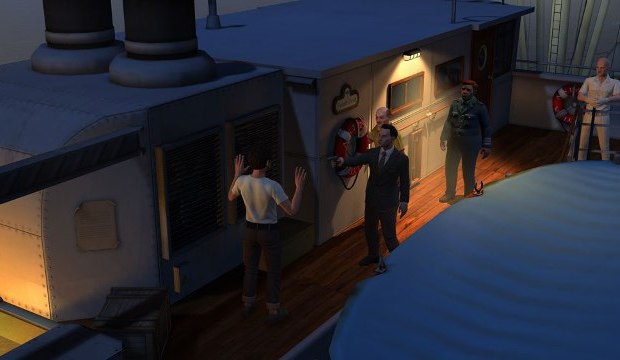
VERDICT: The Raven is everything you could want from a point & click adventure, but the problem is that not many people want a point & click adventure. The game excels in nearly all aspects of the genre and adds a few fresh ideas but, in the end, it may struggle to succeed due to the aversion some people have to a game of this type. But with its simple UI, logical puzzles, fantastic plot and beautiful setting, it’s an excellent place to start for those who have never dabbled in an adventure game. This first chapter in The Raven saga is a class act from start to finish, and I simply cannot wait for the next instalment.

VERY GOOD. An 8/10 is only awarded to a game we consider truly worthy of your hard-earned cash. This game is only held back by a smattering of minor or middling issues and comes highly recommended.


